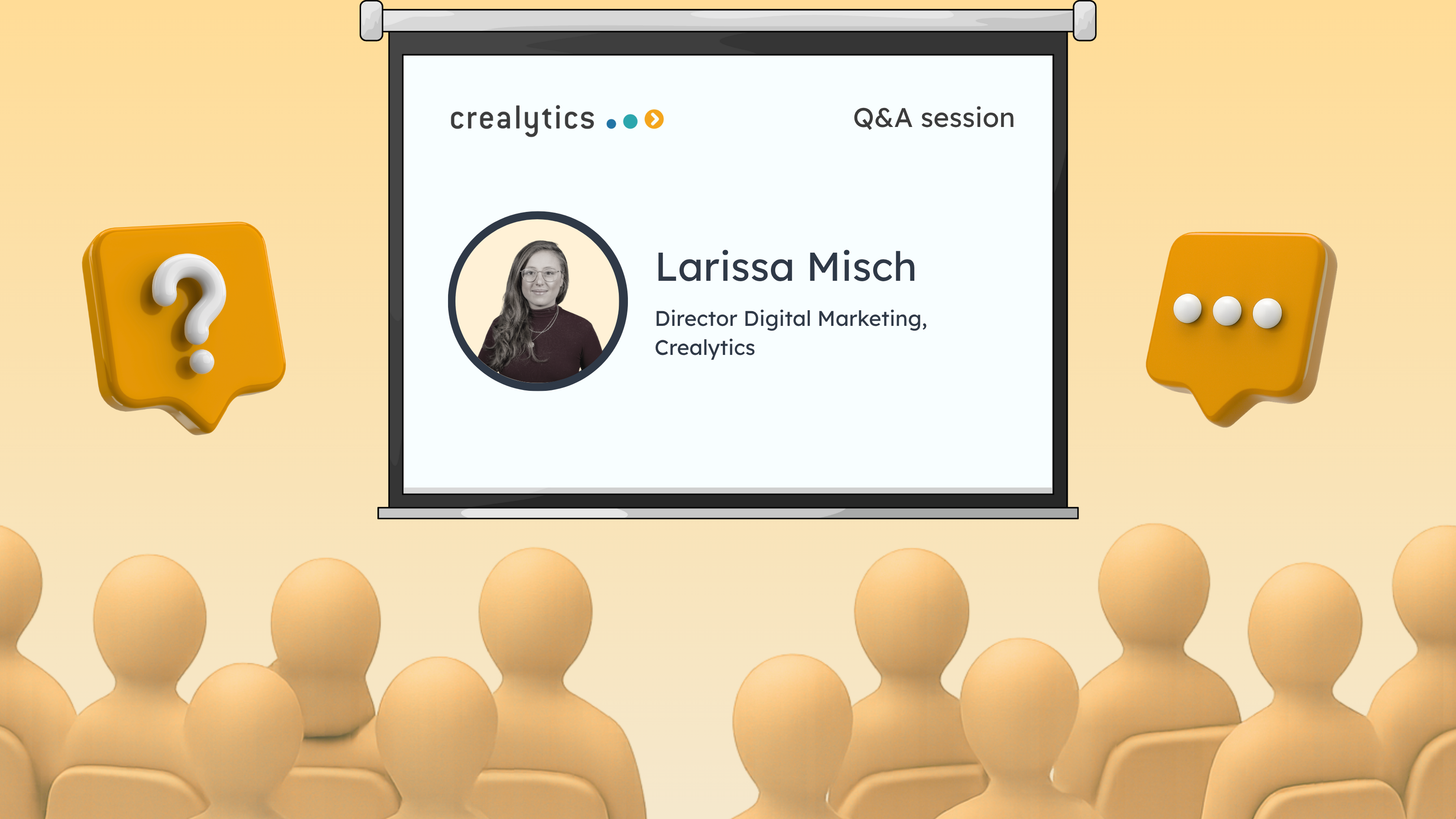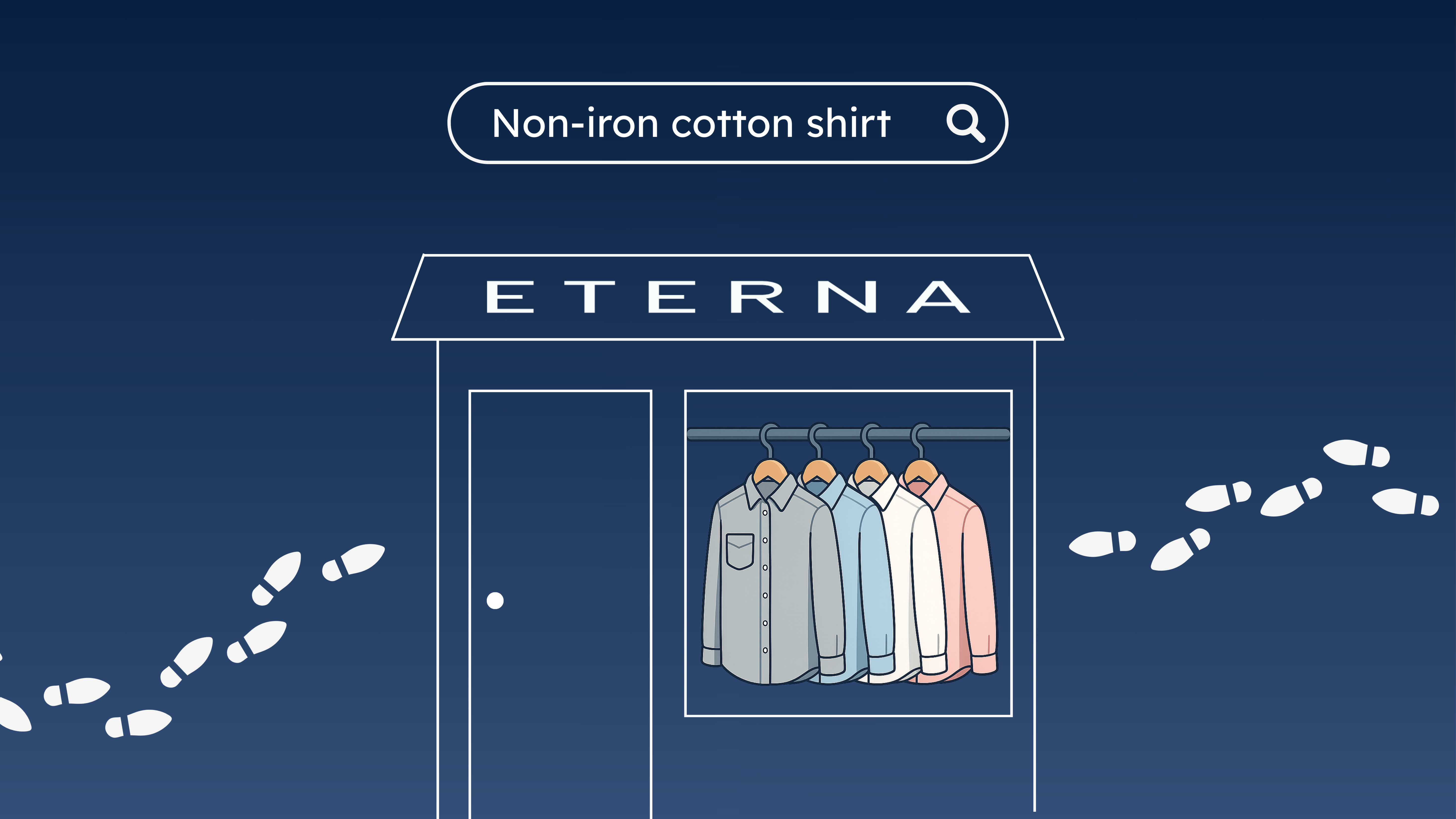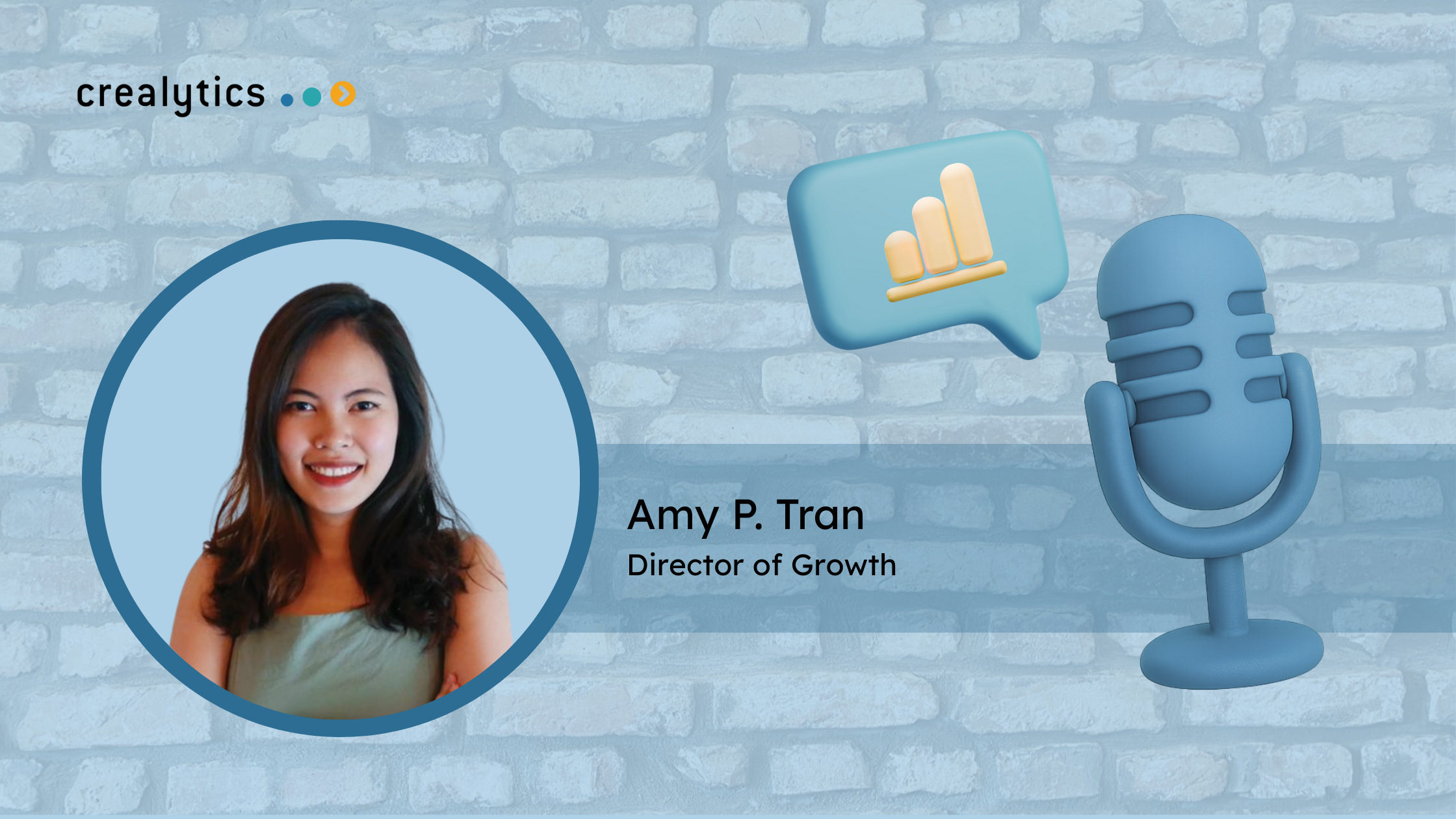How DTC Brands Can Use AI Without Losing the Human Touch

In 2025, AI is changing how Direct-to-Consumer brands operate, from content creation and customer service to product recommendations and email flows. Tools like ChatGPT, Midjourney, and DALL·E have made it possible to build entire campaigns at a speed that would’ve been unthinkable a few years ago. According to Statista, 73% of U.S. marketers are already using generative AI tools.
But with great efficiency comes a critical challenge: how do you keep the human touch? How do you build emotional resonance when your campaign is generated by code?
DTC brands thrive on connection. And that connection is built on authenticity. As AI-generated content floods inboxes and feeds, the brands that win will be the ones who learn to balance automation with real emotional value.
Let’s look at where AI actually helps, where it doesn’t, and how to use it without losing what makes your brand human.
AI is Great at Boosting Content Production Efficiency
There’s no denying AI is a powerful tool for getting content out the door. Need 20 ad variations? Done. Localized landing pages? Sorted. Product descriptions for your entire catalog? Just feed it a prompt.
According to eMarketer, three out of four marketers now use AI for content creation. Over half say they use it to come up with campaign ideas and 46% believe it’s actually making their teams more creative.
In performance-driven channels, this speed is a huge advantage. It lets marketers test faster, react to trends faster, and scale campaigns without ballooning headcount.
But creating content is not the same as creating connection. And that's where things start to get tricky.
Why AI Risks Making DTC Brand Content Generic and Forgettable
When everyone uses the same tools, brand voices start to blur. Suddenly, ten DTC brands in the same category are all running near-identical ad copy, product shots, and email flows. It gets the job done, but it doesn’t stick.
If your content feels like it came from a machine, people notice and they care. According to a September 2024 survey by eMarketer and CivicScience, nearly two-thirds (65%) of U.S. adults feel at least somewhat uncomfortable with AI-generated ads. Similarly, a Forbes Advisor survey found that 54% of consumers believe they can distinguish between human-written and AI-generated content, indicating a level of skepticism toward AI-produced materials.
DTC brands don’t win because they shout louder. They win because they feel closer. The founder’s story. The scrappy behind-the-scenes Instagram. The unfiltered customer review that gets shared in a Slack channel. That’s what customers remember.
When Should DTC Brands Use AI and When to Rely on Human Creativity
AI is a tool. A powerful one. But it’s not a substitute for brand strategy, voice, or creativity. It doesn’t know your audience. It doesn’t care about nuance. It can’t read a room.
What it can do is save you time and help your team focus on higher-value work. The key is being clear about where to use it and where to draw the line.
Use AI when:
· You’re creating product descriptions at scale for multiple SKUs or regions
· You need quick variations of performance ads for A/B testing
· You want to personalize subject lines or headlines based on customer behavior
· You’re summarizing customer reviews to extract insights
· You’re building template-based landing pages that follow a consistent structure
· You need to translate or localize content for international markets
· You’re designing email journeys that follow clear logic and rules
These are repeatable, data-driven tasks where AI excels. It’s not about outsourcing thinking. It’s about freeing up your team to focus on what machines can’t do.
Avoid using AI when:
· You’re crafting brand-level messaging or defining tone of voice
· You’re writing sensitive or emotionally charged content (e.g., founder letters, mission statements, customer support replies)
· You’re telling a story that relies on human experience - testimonials, product discovery, community building
· You’re responding to real-time cultural moments that require empathy, awareness, or nuance
That’s where you need a human. Because what you say, and how you say it matters.
How to Use AI Without Losing Your Brand’s Voice?
You don’t need to choose between human and AI. You just need to be clear about who does what. Here’s how smart DTC brands are handling it:
Automate Repetitive Marketing Tasks with AI to Save Time
Use AI for product descriptions, ad copy variations, email subject lines, and other content that follows a clear format. According to Forbes, 49% of consumers are comfortable with AI handling routine tasks. That’s your green light to automate the mechanical work so your team can focus on the messaging that moves people.
Feed AI Real Customer Data to Generate Authentic Content
Don’t rely on generic prompts. Feed AI tools with actual customer quotes, product reviews, brand-approved messaging, and top-performing content. Better inputs lead to more on-brand results.
Test Organically First, Then Scale Winning Content with AI
Test ideas on organic channels first. If something resonates, use AI to build versions for paid or performance campaigns. You’re scaling what already works, not starting from scratch.
Set Up a Human-Led Review Process for AI-Generated Content
Even with automation, content should be reviewed by a human before it goes live. Forbes notes that 20% of consumers still prefer human agents for complex or emotionally charged interactions. Whether it’s a support message or a sensitive campaign, a final human check can protect brand trust.
Protect Brand Trust by Keeping Key Messaging Human-Driven
Emails from the founder, customer replies, brand storytelling, or anything tied to your values should still be written by people. These messages build trust. Don’t hand them off just for the sake of speed.
Train Your Marketing Team to Collaborate Effectively with AI
Whether it’s a copywriter, performance marketer, or designer, equip them with prompt templates and clear guidelines. According to a Forbes Advisor survey, 51% of workers are eager for AI training, particularly in prompt engineering, yet only 16% have received any formal instruction. This gap highlights the importance of investing in prompt workshops and brand-based AI guidelines to boost team proficiency and guard against misuse.
Will AI Replace the Human Marketer in the DTC World?
Not in DTC. Not now and likely not ever.
AI is a multiplier, not a replacement. It amplifies what’s already there. If your brand has a clear identity and emotional pull, AI helps scale that impact. But if your foundation is generic, automation just speeds up irrelevance.
In an increasingly AI-powered world, the most human brands will win.
Looking to combine creative automation with real emotional value? Reach out to us.
About Crealytics
Crealytics is an award-winning full-funnel digital marketing agency fueling theprofitable growth of over 100 well-known B2C and B2B businesses, includingASOS, The Hut Group, Staples and Urban Outfitters. A global company with aninclusive team of 100+ international employees, we operate from our hubs inBerlin, New York, Chicago, London, and Mumbai.
EXPERT INSIGHTS





